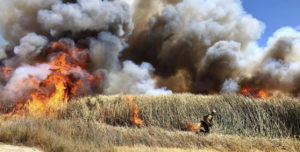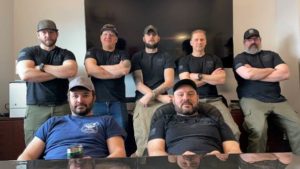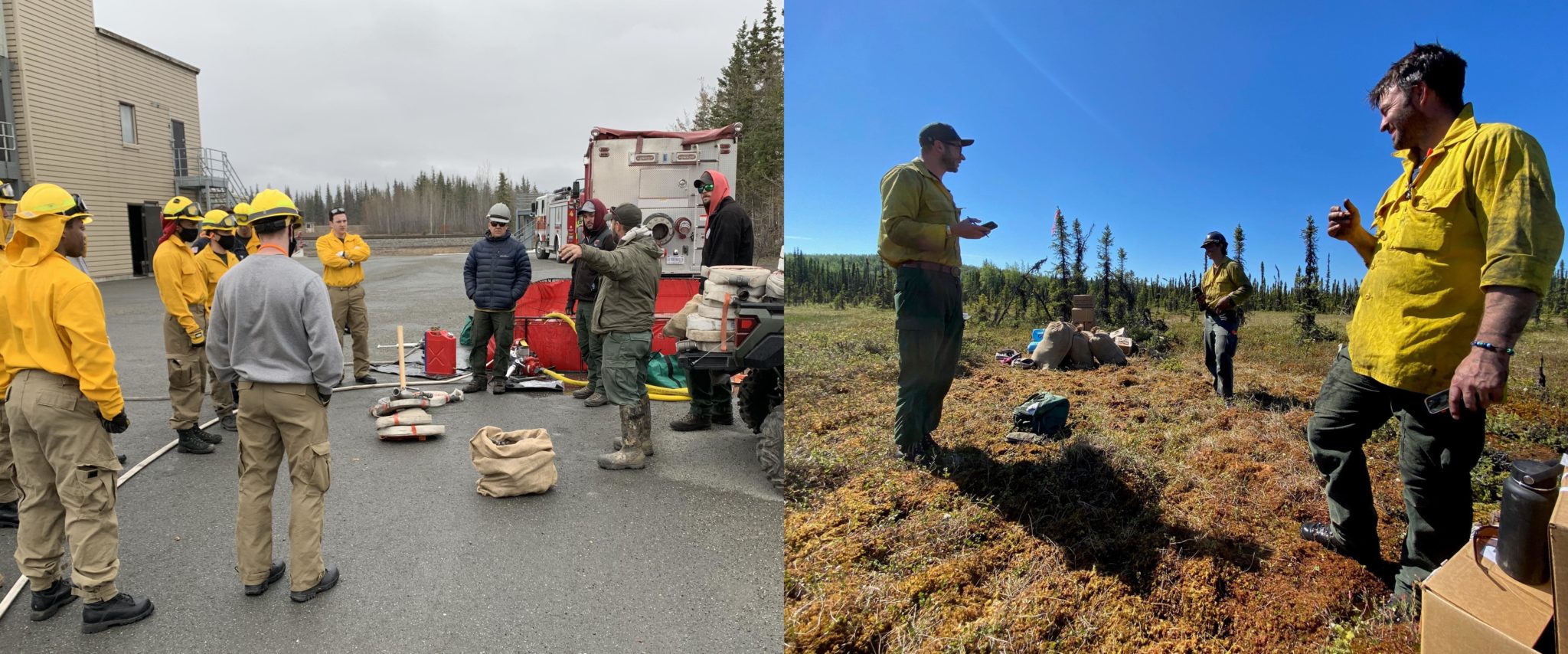
In June of 2019, lightning ignited a wildfire on the Kenai Peninsula south of Anchorage, Alaska, threatening homes and infrastructure. The Swan Lake fire would go on to burn nearly 170,000 acres of Alaskan wilderness. When the initial call for support went out, a small group of wildland firefighters from Colorado State University’s Center for Environmental Management of Military Lands joined the response. Based at nearby Joint Base Elmendorf-Richardson, the CEMML team was just getting its footing as the base’s new Wildland Support Module.
Led by veteran wildland firefighter Jon Glover, the four-man module teamed up with JBER’s fire and emergency personnel, most of whom had limited wildfire experience. This patchwork task force worked alongside state and local firefighters for four days, until additional support arrived.
“We had people assigned to efforts that were right at the edge of their capabilities,” Glover said, “but they were learning by trial and error every single minute and having a lot of success.”
The Swan Lake response showed that the new wildfire module team, with its specialized expertise, could act as a “force multiplier” for the Air Force in Alaska, sharing crucial knowledge and bolstering response capability for wildfire threats at Joint Base Elmendorf-Richardson and beyond.
Today, the JBER module has eight members, with decades of combined wildland fire experience. Glover, who comes from a family of structure firefighters, admitted that going into wildland firefighting made him a bit of a black sheep, but said he got the bug after working on his first wildfire over 20 years ago.
“I had no idea what I was doing, but I loved it. It was something where you could get super dirty and sweat all day.”

The family of firefighters that Glover has gotten to know throughout his career became the foundation for the close-knit JBER Module.
“Everybody that was hired was a previous hotshot with us and has also worked for the state of Alaska,” Glover said. “We have a high level of trust, based on similar backgrounds and capabilities, which is important in this line of work.”
As the Swan Lake fire response showed, a small team operating on its own is not enough to be impactful. Collaboration and shared knowledge is key to the module’s “force multiplier” approach.
“The JBER module’s ability to integrate with the other agencies across Alaska is crucial to making an impact on the installation and the broader environment,” said Bradley Shoemaker, chief of the Air Force Wildland Fire Branch.
Glover and his team spend the winter months teaching wildland fire classes to state and federal personnel. They also light prescribed burns, intentional fires to reduce excessive undergrowth and trees.
“Thicker, more dense forests leave more fuel on the ground. That, in combination with the effects of climate change, has led to more extreme seasonal and short-term fire events,” Shoemaker said.
Prescribed fire encourages new growth and restores wildlife habitat. It also aids the Air Force’s primary goal of mission readiness by maintaining military lands for realistic training.

Beyond JBER, CEMML has firefighters serving in five of the other 13 modules across the Wildland Fire Branch. Their commitment to service doesn’t end with their respective posts. Many of CEMML’s firefighters take personal time off to help tackle wildfires elsewhere in the U.S. Not only does this give them a chance to expand their skills, but they also have a clear commitment to the broader cause.
“They are often in very difficult and dangerous environments and in some instances they’re taking a pay cut from their main post to go and do that,” Glover said. “But, you know, they’re doing it because they love it.”